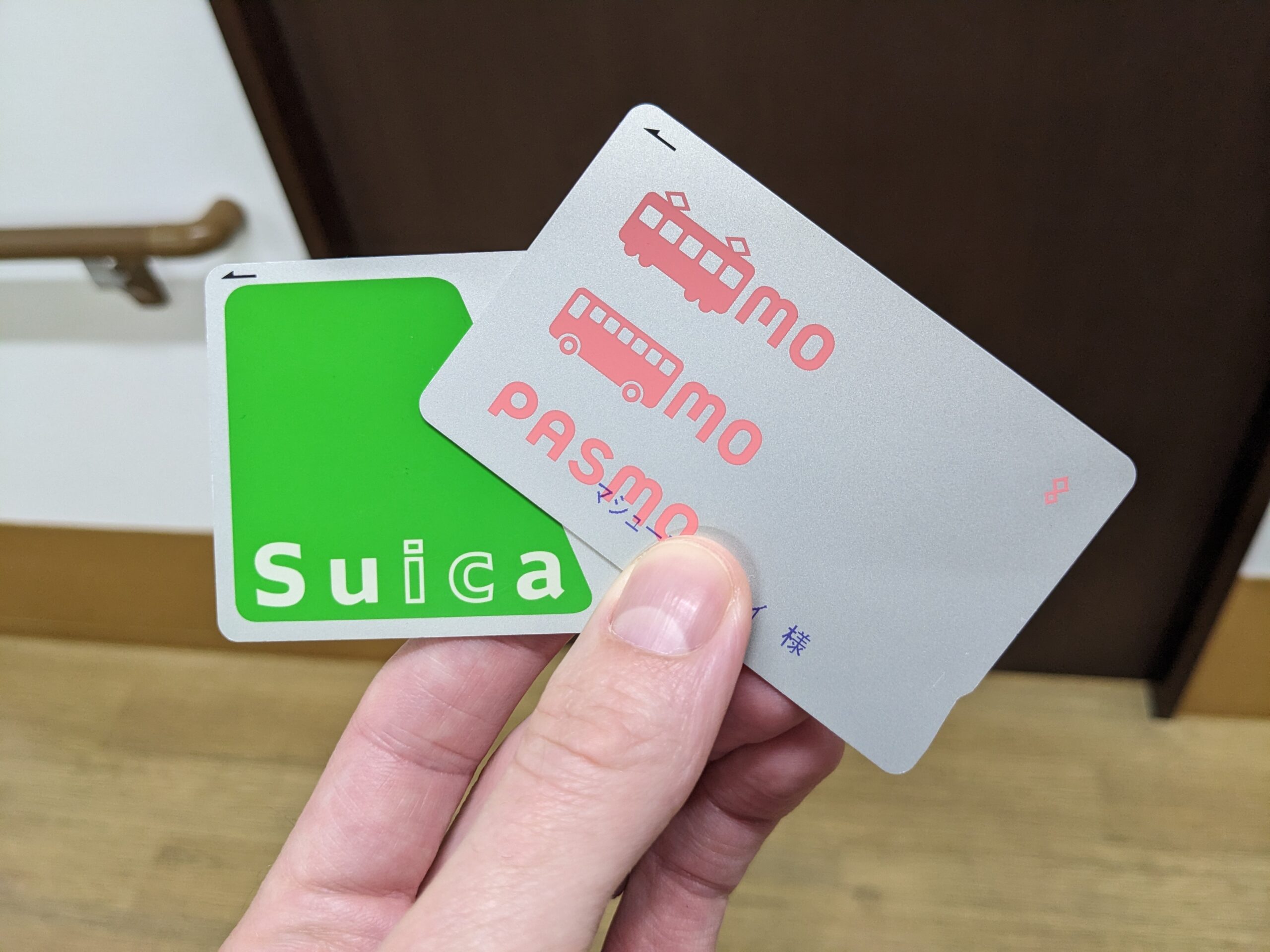Konnichiwa! When it comes to train and subway travel for visitors in Tokyo and other parts of Japan, two popular options are the PASMO Passport and Welcome Suica rail passes. In this blog post, I’ll guide you through the key differences between these two cards, PASMO Passport vs Welcome Suica, and provide suggestions on which one might be best for your specific needs.
Affiliate Disclaimer: I only recommend products I would use myself and all opinions expressed here are our own. This post may contain affiliate links that at no additional cost to you, I may earn a small commission. As an Amazon Associate I earn from qualifying purchases.
Introducing Pasmo Passport and Welcome Suica
The Pasmo Passport and Welcome Suica cards are both prepaid smart cards that can be used for various modes of transportation, including trains, buses, and even vending machines. These cards offer a convenient and cashless way to navigate the Japanese transportation system, saving you time and hassle during your travels.

Planning a trip to Japan?
Exploring PASMO
The Pasmo card is issued by the private railway companies in the Tokyo metropolitan area, including Tokyo Metro, Toei Subway, and various private rail operators. It can be used not only in Tokyo but also in other major cities like Osaka, Kyoto, and Nagoya. One of the key features of the Pasmo card is its compatibility with other IC cards, such as Suica and Icoca, allowing you to seamlessly travel across different regions without the need for multiple cards. The Pasmo Passport is only available to overseas visitors and is recommended over a regular Pasmo if you are traveling to Japan for a typical vacation or holiday for up to 28 days. Note that Pasmo is currently waiving the 500 yen issuing fee!
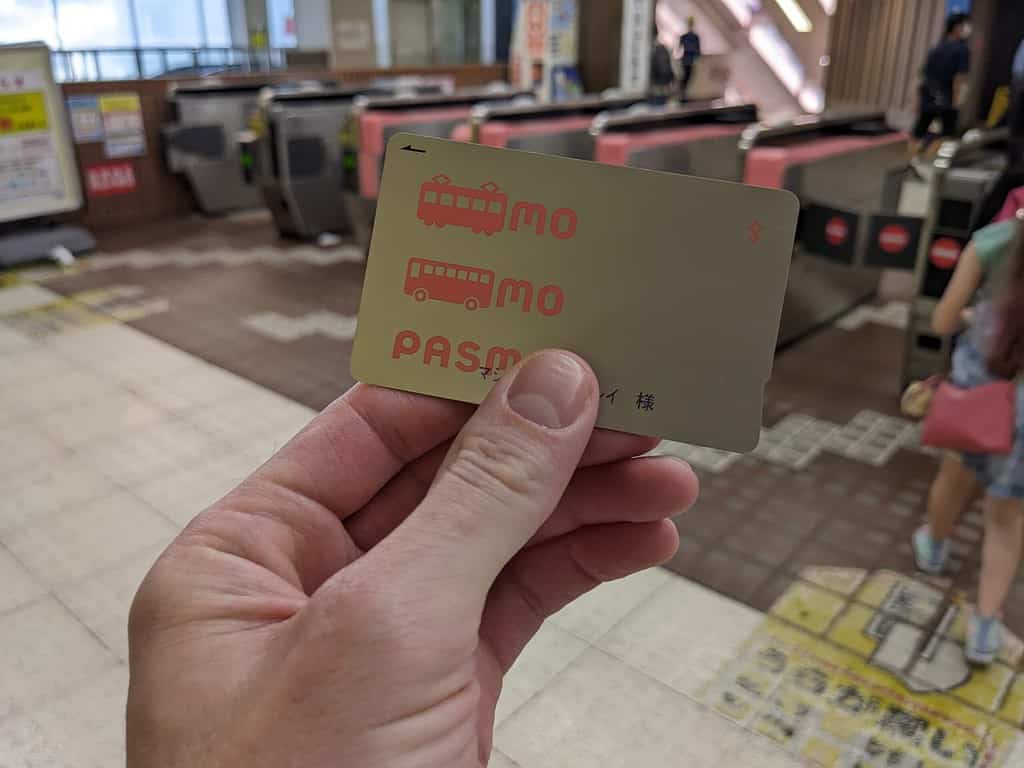
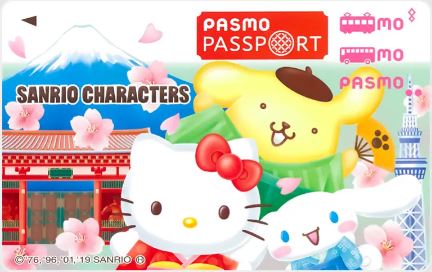
Exploring Suica
On the other hand, the Suica card is issued by East Japan Railway Company (JR East) and is primarily used in the greater Tokyo region, including Tokyo, Yokohama, and surrounding areas. Suica cards are also accepted in other regions, such as Hokkaido and Sendai, making it a versatile option for travelers who plan to explore multiple parts of Japan. Like the Pasmo card, Suica is compatible with other IC cards, enabling easy transfers between different transportation networks. The Welcome Suica card is only available to overseas visitors and is recommended over a regular Pasmo if you are traveling to Japan for a typical vacation or holiday for up to 28 days.
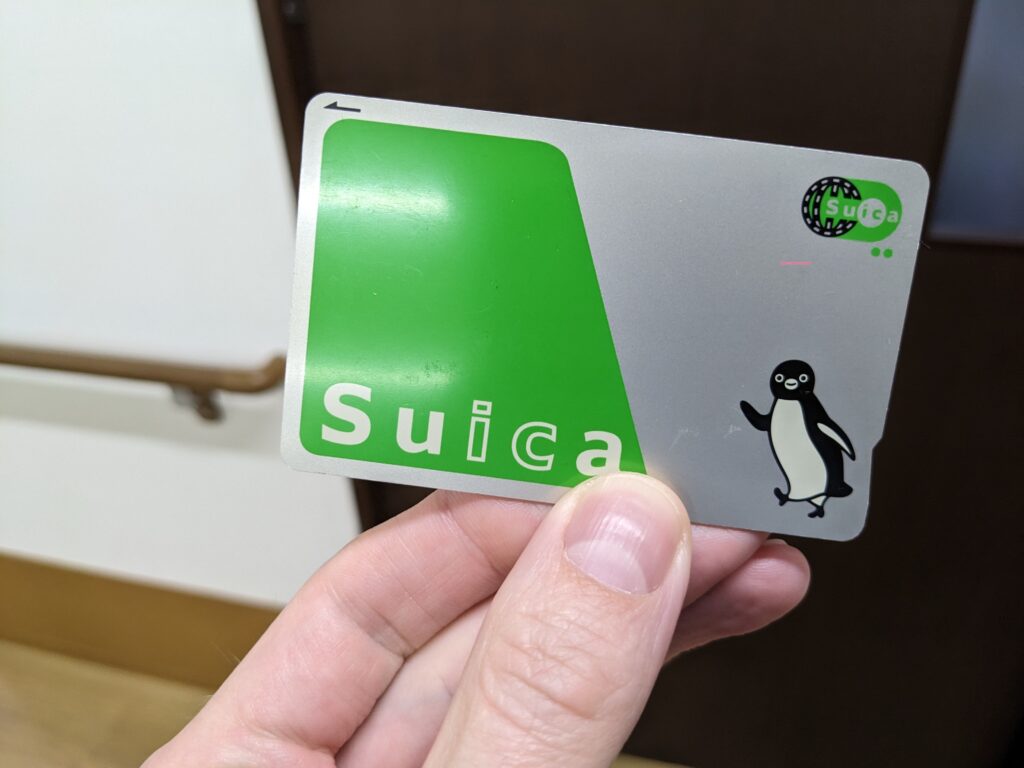
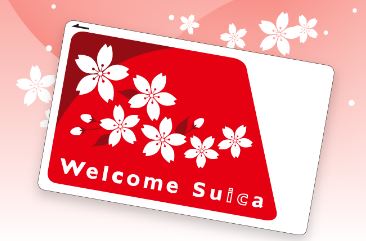
Purchasing Cards: PASMO Passport vs Welcome Suica
When it comes to purchasing these cards, both Pasmo and Suica offer similar options. You can obtain them at ticket machines located in train stations or at specific service counters. The Pasmo Passport and Welcome Suica are both valid for 28 days from purchase. There are third party websites out there selling cards online ahead of your trip, but don’t bother. These cards are easily purchased at most major stations. You will have to show your passport to prove eligibility, so look for specific signage for the Pasmo Passport or Welcome Suica when purchasing (i.e. don’t go to a regular card machine).
For Pasmo Passport, look for a special banner advertising the Pasmo Passport.
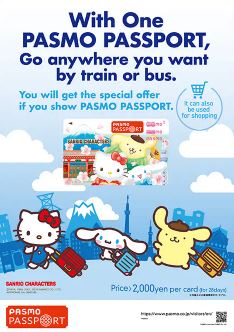
Pasmo Passport: https://www.pasmo.co.jp/visitors/en/buy/
Note that Welcome Suica is currently only available for purchase at Narita and Haneda airports. Locate the JR East Travel Service Center or vending machine specifically for the Welcome Suica card.
Welcome Suica: https://www.jreast.co.jp/multi/en/welcomesuica/welcomesuica.html
PASMO Passport vs Welcome Suica – Key Differences for Consideration
Now, let’s discuss the key differences between Pasmo and Suica that can help you decide which one is best suited for your needs:
1. Geographic Coverage
If you are primarily planning to explore the Tokyo metropolitan area and its surrounding regions, the Suica card would be the ideal choice. It offers comprehensive coverage within this area and is widely accepted in most major transportation networks. On the other hand, if you plan to travel extensively beyond Tokyo, the Pasmo card’s compatibility with other IC cards makes it a more versatile option.
2. Transportation Companies
The Pasmo card is issued by various private railway companies, while the Suica card is issued by JR East. It’s important to note that these companies operate different train lines, and while both offer extensive coverage, there may be slight variations in availability and accessibility depending on the region you are visiting. It’s recommended to check the train lines and companies operating in your desired destinations to ensure the card you choose aligns with your travel plans.
3. Integration with Other Services
Both Pasmo and Suica cards can be used beyond transportation services. These cards are widely accepted at convenience stores, vending machines, and even some restaurants. This feature does apply to both the Pasmo Passport and Welcome Suica cards!
Be on the lookout for discounts as well! At certain establishments you can receive a discount by showing your Pasmo Passport or Welcome Suica card.
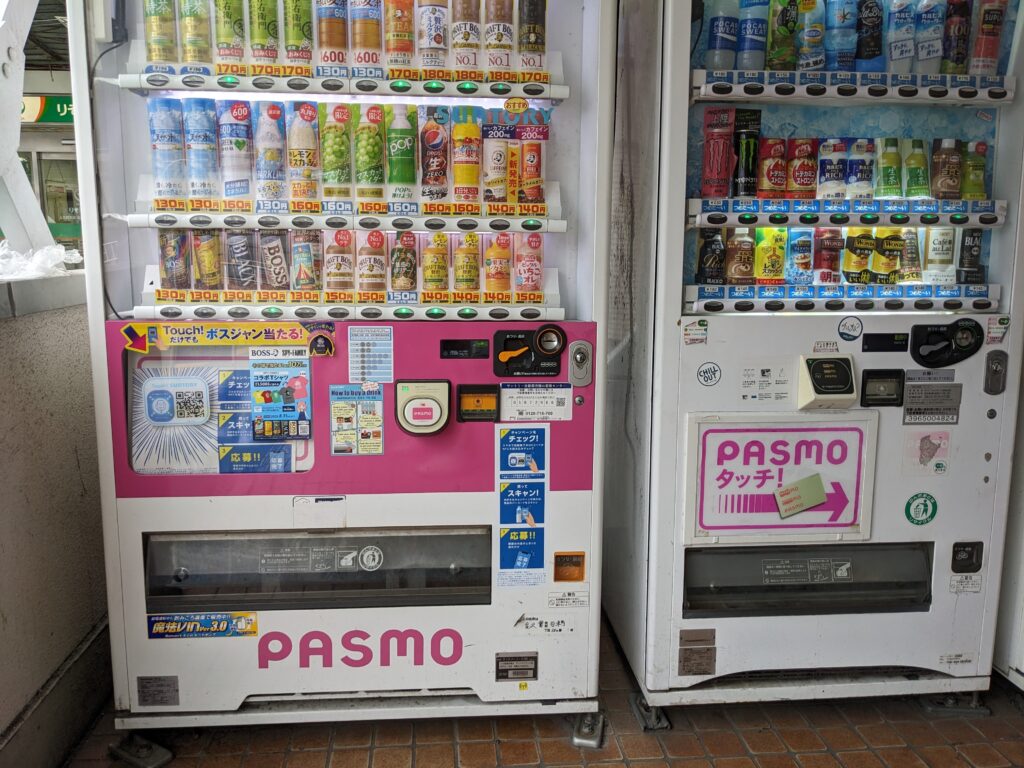
4. Design and Souvenirs
While this may not be a deciding factor for everyone, it’s worth mentioning that Pasmo and Suica cards often feature different designs and occasionally collaborate with popular characters or brands. If you are a fan of a specific character or wish to collect limited edition cards as souvenirs, it might be worth exploring the available designs for Pasmo and Suica cards and choosing the one that resonates with you the most.
Choosing the Right Card for You
Now that we’ve explored the key differences between Pasmo Passport and Welcome Suica, let’s discuss which card might be best suited for different types of travelers:
1. Tokyo Explorers
If your travel plans revolve primarily around Tokyo and its surrounding regions, the Suica card is a convenient and reliable choice. It offers extensive coverage within the greater Tokyo area and is widely accepted on most train lines, buses, and even at various establishments. Whether you’re planning to explore the bustling city streets or visit popular attractions like Shibuya, Akihabara, or Tokyo Disneyland, the Suica card will provide seamless access to transportation networks.
2. Multi-Destination Adventurers
For travelers who plan to visit multiple regions in Japan, the Pasmo card offers greater flexibility. With its compatibility with other IC cards like Suica and Icoca, the Pasmo card allows you to travel across different transportation networks effortlessly. This means you can explore not only Tokyo but also other major cities like Osaka, Kyoto, and Nagoya without the need to purchase additional cards. If your itinerary includes a mix of destinations beyond the Tokyo metropolitan area, the Pasmo card is a versatile choice.
3. Collectors and Character Enthusiasts
If you’re a fan of collecting unique and limited-edition items or have a particular affinity for popular characters, both Pasmo and Suica offer occasional collaborations with brands and characters. These special edition cards can serve as unique souvenirs and mementos from your trip to Japan. Keep an eye out for announcements and promotions to find the card design that resonates with your interests.

Conclusion
In conclusion, after comparing PASMO Passport vs Welcome Suica, both the Pasmo and Suica cards provide a convenient and efficient way to navigate Japan’s extensive transportation system. The choice between the two largely depends on your travel plans and preferences. If you’re primarily exploring Tokyo and its surroundings, the Suica card offers comprehensive coverage and integration with mobile payments. On the other hand, the Pasmo card provides greater flexibility for travelers venturing beyond Tokyo, thanks to its compatibility with other IC cards.
Remember to consider factors such as geographic coverage, transportation companies, integration with other services, and even design preferences when making your decision. Regardless of which card you choose, both Pasmo and Suica will simplify your travels, save you time, and enhance your overall experience as you discover the wonders of Japan.
Safe travels and enjoy your time exploring thisincredible country!
Disclaimer: If you use the link on this page to purchase travel insurance, we will receive a fee from Freely, a brand of Cover-More Insurance Services Pty Limited ABN 95 003 114 145 (AFSL 241713) (Cover- More). We do not act for Cover-More or Freely. The information provided is only on the availability of Freely products. We do not give advice & the information provided is not intended to give an opinion or recommendation regarding the product. For information on how to contact Cover-More or Freely refer to the PDS, FSG & TMD which can be found on the Freely website.

